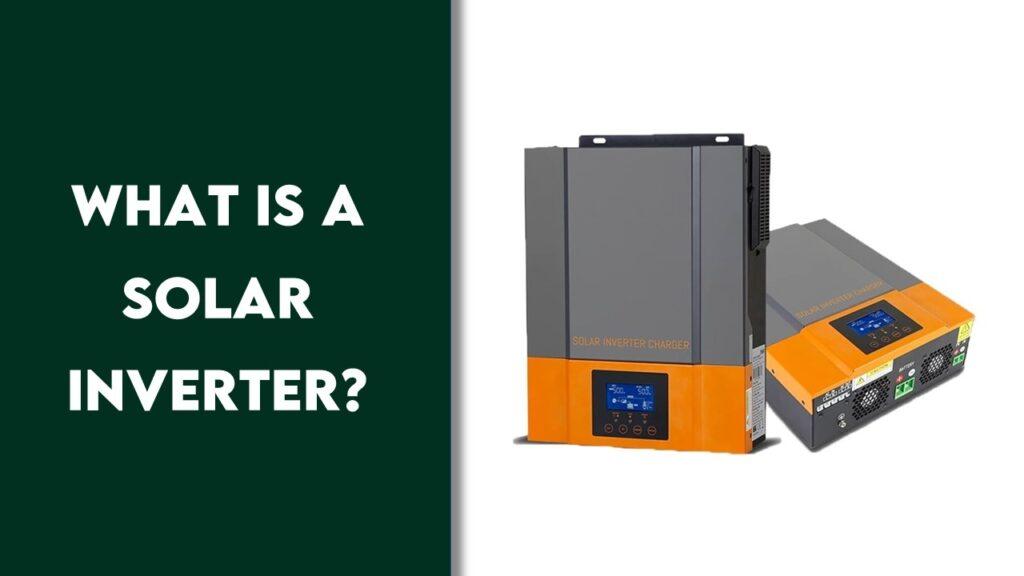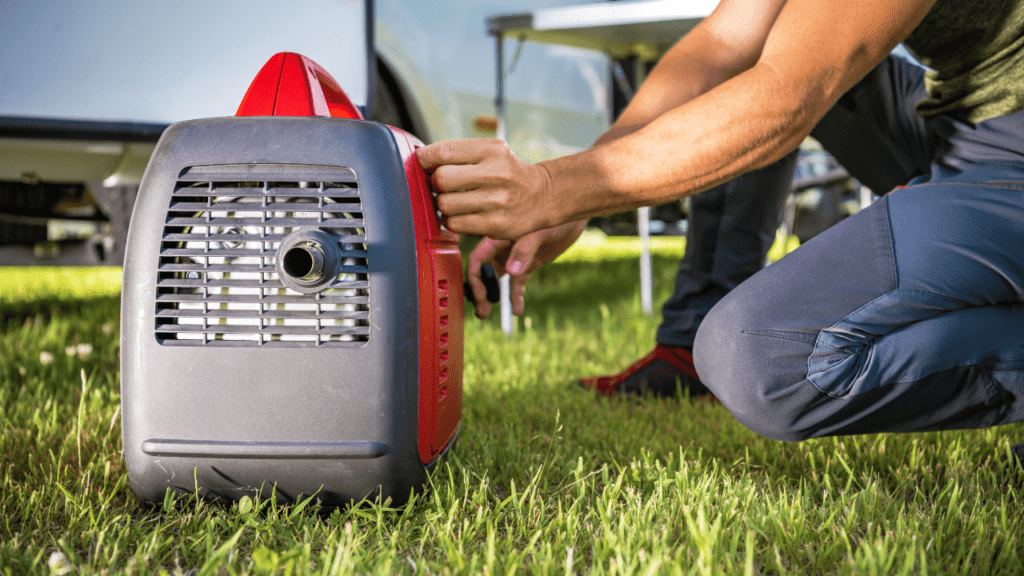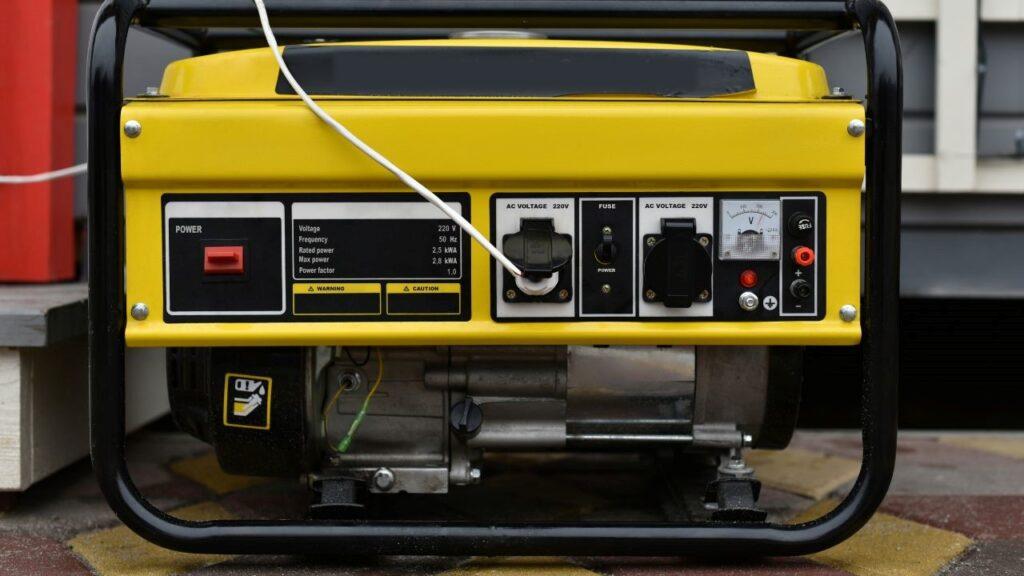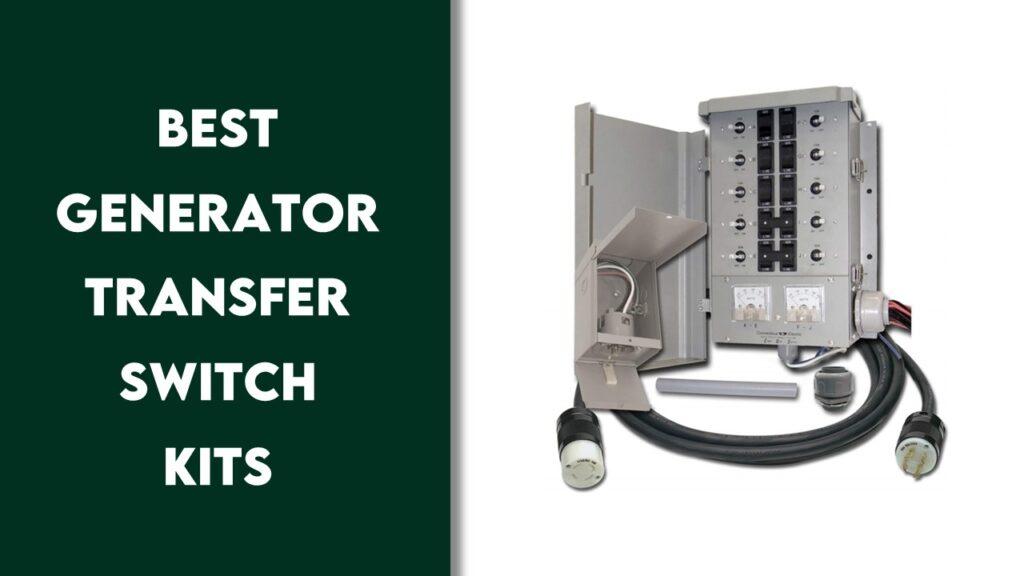
A solar inverter is a vital piece of equipment in any solar energy setup, cleverly turning the sun’s energy into power we can use in our homes. It takes the direct current (DC) from your solar panels and switches it into alternating current (AC)—the stuff your lights, fridge, and TV need to work. This switch is essential because without it, the energy from the sun would be just out of reach, sitting unused on your roof. So next time you turn on a light or charge your phone, remember, it’s all made possible by a solar inverter!
How Solar Inverters Work
Solar inverters play a pivotal role in making solar energy usable in our homes. Imagine them as the essential bridge between the raw solar power captured by the panels and the finely tuned electricity needed by your household appliances. The inverter takes the direct current (DC) from the solar panels—a type of current that flows in only one direction—and transforms it into alternating current (AC), which flows back and forth. This AC is what your household devices need to function.
Inside each solar inverter, a complex dance of electronics ensures this transformation is smooth and efficient. The process involves rapidly switching the DC current back and forth, mimicking the natural flow of AC power. This not only makes the power usable but also safe to feed into the home’s electrical grid without disrupting or damaging the interconnected devices.
Types of Solar Inverters
When it comes to choosing the right solar inverter, understanding the different types available can help you match the right technology to your home’s solar energy needs:
String Inverters
These are the workhorses of the solar inverter world, commonly used in residential solar installations. A string inverter connects a series, or “string,” of solar panels to one inverter. String inverters offer major advantages such as cost-effectiveness and simplicity, making them ideal for installations where all panels receive similar levels of sunlight. If one panel is shaded or underperforming, the output of the entire string decreases because it depends on the performance of the weakest panel.
Microinverters
Unlike string inverters, microinverters are installed at each solar panel. This setup allows each panel to convert DC to AC independently. The main advantage of microinverters is their ability to maximize the efficiency of each panel individually, which is particularly beneficial in conditions where panels receive varying levels of sunlight due to shading or orientation. This also means that the performance of one panel won’t drag down the performance of others. However, the downside is the cost; microinverters typically cost more than string inverters, both in terms of initial purchase and potential maintenance.
Central Inverters
These are the giants among inverters, typically used in commercial or utility-scale solar projects. Central inverters handle very high volumes of power, managing the output from hundreds to thousands of solar panels. Their capacity to convert massive amounts of DC into AC makes them unsuitable for residential use but ideal for large solar installations. The drawback of central inverters is their lack of flexibility; because they manage such large arrays, a single point of failure can affect a significant portion of the system.
Hybrid Inverters
These inverters combine the functions of traditional and battery-based inverters. They not only convert DC to AC but also have the capability to store excess energy in batteries for later use. This is particularly useful in systems designed for energy independence or for selling surplus energy back to the grid. Hybrid inverters offer great versatility and energy efficiency but at a higher cost and with more complex installation and maintenance requirements compared to basic string inverters.
Each type of inverter comes with its unique set of advantages and limitations, making the choice dependent on specific installation conditions and energy goals. Next, we’ll explore how to choose the right solar inverter for your system and the key features to consider to ensure optimal performance and reliability.
Choosing the Right Solar Inverter
Selecting the right solar inverter is pivotal for the efficiency and durability of your solar power system. The inverter not only plays a critical role in converting solar energy into usable electricity but also impacts the overall reliability and performance of your installation.
Factors to Consider
When choosing a solar inverter, several crucial factors must be evaluated to ensure optimal compatibility and performance:
- Inverter Efficiency: The efficiency of an inverter determines how much of the solar power is converted into usable electricity. Higher efficiency means less energy is lost in the form of heat during the conversion process. It’s essential to choose an inverter whose efficiency matches the output of your solar panels to maximize energy use.
- Compatibility with Solar Panel Output: Ensure that the inverter can handle the maximum power output of your solar panels. An inverter that is not compatible with the panel’s output can lead to energy losses or damage to the inverter over time.
- Climatic Conditions: Solar inverters operate differently in various environmental conditions. Select an inverter that is suited to the temperatures and weather patterns of your area to ensure it operates efficiently throughout its lifespan.
- CEC Approval and Local Regulations: Compliance with local and national standards, such as those set by the Clean Energy Council (CEC), guarantees that the inverter meets minimum safety and performance specifications. CEC approval also ensures that the inverter can be legally connected to the grid, if applicable.
Weatherproofing and Installation Concerns
The longevity and performance of a solar inverter are heavily influenced by how well it is protected from environmental factors:
- Significance of Weatherproofing: In areas with high humidity, frequent rainfall, or other harsh weather conditions, having a weatherproof inverter is crucial. Weatherproofing helps protect the inverter’s internal components from moisture and debris, which can reduce the risk of electrical failures and extend the equipment’s life.
- Protective Measures: Besides weatherproofing, consider additional protective measures such as installing the inverter in a shaded area or using a protective enclosure. This can prevent overheating and shield the inverter from physical damage from environmental exposure.
- Practical Tips on Inverter Placement: Placement critically affects performance. You should install the inverter in a location that remains accessible for maintenance, avoids direct sunlight, and provides good ventilation to prevent overheating.
- Professional Installation Requirements: Always use a certified professional for inverter installation to ensure it is done correctly and safely. Professional installers can also advise on local regulations and grid connection requirements, ensuring that your system complies with all legal standards.
By thoroughly considering these factors and preparing adequately for the environmental demands of your locale, you can significantly enhance the effectiveness and lifespan of your solar inverter, leading to better overall system performance and reduced maintenance costs.
Solar Inverter Lifespan and Maintenance
Understanding the lifespan and maintenance needs of your solar inverter is crucial for managing your solar energy system effectively. Proper care and regular maintenance not only prolong the life of the inverter but also ensure it operates at peak efficiency, providing reliable power over its entire lifespan.
Expected Lifespan
Solar inverters are typically designed to last between 10 and 15 years, which is somewhat shorter than the lifespan of solar panels themselves. This disparity means that you will likely need to replace the inverter at least once during the operational lifetime of your solar energy system. The lifespan can vary based on the brand, model, and environmental conditions in which it operates. Factors such as exposure to extreme temperatures, moisture, and electrical surges can affect the longevity of a solar inverter.
Maintenance Tips
To maximize the efficiency and lifespan of your solar inverter, consider implementing the following maintenance strategies:
- Regular Inspections: It’s advisable to schedule annual inspections with a certified solar technician who can identify and resolve potential issues before they lead to major repairs or system downtime. These professionals can check for faulty wiring, malfunctioning parts, and ensure the firmware of the inverter is up to date.
- Keep it Clean and Cool: Solar inverters need to be kept free from dust, debris, and other obstructions that could block their cooling vents. Overheating is a common issue that can decrease efficiency and damage internal components. Ensure that the inverter is installed in a location with good airflow and, if necessary, additional shading or cooling measures.
- Monitor Performance: Most modern inverters have monitoring systems that provide real-time data on their operation. Regularly reviewing this data can help you quickly identify drops in efficiency or other problems. Immediate attention to discrepancies can prevent prolonged periods of underperformance, which can strain the system and lead to increased wear and tear.
Troubleshooting Common Issues
Familiarity with common inverter issues can greatly aid in maintaining your system’s reliability. Common indicators of problems include:
- Error Codes: Most inverters display error codes that can diagnose specific issues. Refer to your inverter’s manual to understand what each code means and the recommended steps to resolve them.
- Unexpected Shutdowns: If your inverter frequently shuts down without warning, it could be due to overheating, electrical issues, or a failure in one of its components. Ensuring proper ventilation and regular checks can mitigate this issue.
- Reduced Output: If you notice that the energy output is consistently lower than expected, it could be due to panel issues, shading, or the inverter itself. Checking connections and ensuring the panels are clean and unobstructed can resolve some of these issues, but persistent problems might require professional assessment.
By maintaining your solar inverter diligently, you not only enhance its performance but also ensure the overall health of your solar power system, thus safeguarding your investment in renewable energy.
What Are The Benefits of Solar Inverters In A Household?
Solar inverters are more than just technical components of solar energy systems; they play a crucial role in transforming solar energy into practical, everyday use within households. Leveraging solar inverters to enhance household energy efficiency and sustainability is key to maximizing their benefits. Here is a guide on integrating solar generators with home electrical systems.
Enhancing Home Energy Efficiency
Solar inverters significantly enhance the efficiency of home energy systems by making the maximum amount of solar-generated electricity available for use. They convert DC power from solar panels into AC power, compatible with home appliances. This ensures optimal delivery of solar power where it needs most. This reduces reliance on grid-supplied electricity, lowers energy bills, and shrinks the carbon footprint.
Battery Integration and Energy Storage
Many modern solar inverters come with integrated battery management systems that allow for energy storage. This capability means households can store excess solar energy generated during the day and use it during peak times or at night, which further reduces the need to draw expensive power from the grid. This is particularly beneficial for homes in areas with variable electricity pricing, where power costs more during certain times of the day.
Backup Power During Outages
For homes equipped with hybrid or off-grid solar inverters, the ability to store and manage power independently of the grid provides a significant advantage during power outages. These systems can automatically switch to battery power when grid power is unavailable, ensuring continuous power supply without interruption. This feature is especially valuable in areas prone to power outages due to extreme weather or other disruptions.
Smart Home Integration
Advanced solar inverters often come equipped with smart technology that integrates seamlessly with home automation systems. This integration enables homeowners to efficiently monitor and control their home energy usage, optimizing solar energy consumption based on real-time data. For instance, homeowners can program smart inverters to operate high-energy-consuming appliances such as washing machines and dishwashers during the day when solar power generation is at its peak. This strategy maximizes the use of free solar power and minimizes reliance on grid electricity.
Economic Benefits
In addition to reducing monthly power bills, installing a solar inverter can increase a home’s value. Many prospective homebuyers view solar systems as desirable upgrades that promise future energy savings. Additionally, in many regions, homeowners can benefit from government incentives, rebates, or tax breaks for installing solar power systems, making solar inverters an economically wise choice for energy management.
By integrating a solar inverter into your home’s energy system, you not only make an environmentally conscious choice but also invest in a technology that offers tangible daily benefits, enhancing your home’s energy autonomy and economic value.
Wrapping It Up!
In conclusion, solar inverters are pivotal in harnessing the power of the sun to meet household energy needs efficiently and sustainably. By converting solar-generated DC power into AC power usable in homes, inverters ensure that green energy can effectively replace traditional electricity sources, leading to significant savings on utility bills and a reduced environmental footprint.
Moreover, the ability to store excess energy in batteries for use during peak times or outages further enhances the appeal and functionality of solar inverters. This feature not only provides energy security during disruptions but also optimizes energy use throughout the day, ensuring that no solar power goes to waste.
Ultimately, investing in a solar inverter is a smart choice for any homeowner looking to improve energy efficiency and independence. With benefits ranging from economic savings to increased property value and sustainability, solar inverters offer a practical solution that aligns with the future of home energy management.
Related FAQs
What Is the Main Function of a Solar Inverter?
A solar inverter actively converts the direct current (DC) generated by solar panels into alternating current (AC) for use in homes and businesses.
How Long Does a Solar Inverter Typically Last?
Most solar inverters have a lifespan ranging from 10 to 15 years, depending on the model and environmental conditions.
Can Solar Inverters Work Without Batteries?
Yes, solar inverters can function without batteries, directly converting and supplying solar energy to a home’s electrical grid.
Are Solar Inverters Expensive to Replace?
Replacing a solar inverter can vary in cost, but it’s generally a significant investment due to its crucial role in solar systems.
What Are the Signs of a Failing Solar Inverter?
Common signs include frequent shutdowns, error messages on the display panel, and a noticeable drop in energy production efficiency.
At our core, we’re a group of passionate generator, inverter, solar energy, battery enthusiasts. We dive deep into the world of tech, especially when it’s about powering your home, RV or outdoors. We try to provide as much value to the readers with our information and how to blog articles as possible. For affiliate articles our honest and transparent reviews of essential tech products are rooted in real-world experience. We take great satisfaction in offering unbiased evaluations, ensuring that you can make informed decisions when investing in your desired techs.




